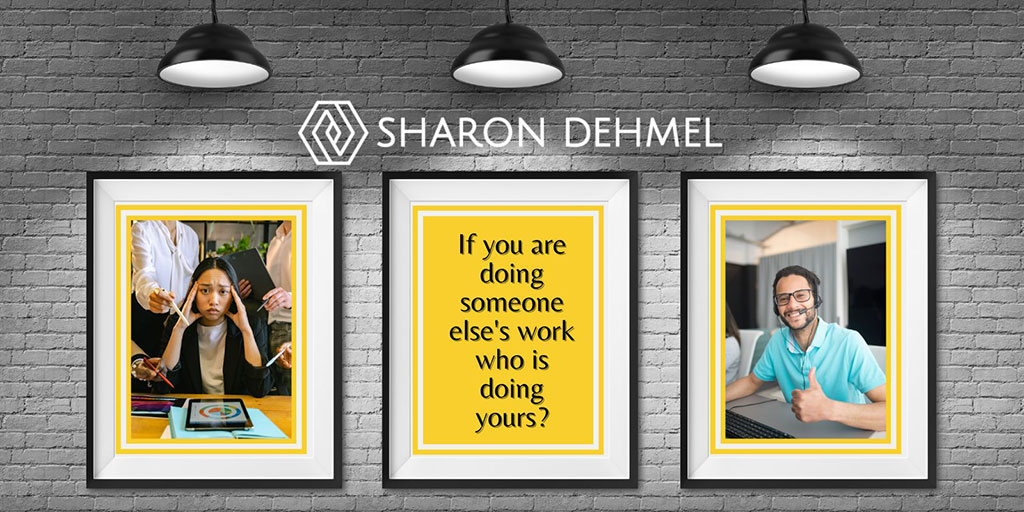
Other people’s issues are not part of my 5-year plan
Getting a job in your chosen field means that you get to do what you love every day. When moving up the ladder means adding managing others to the ‘to-do list’ it’s just something you get on with. When you enrolled for your IT or engineering course, promotion and success were definitely on the 5-year plan but dealing with other people’s issues wasn’t necessarily high on the agenda and especially those arising during a pandemic.
The reality, is that you would rather walk on hot coals than sit down and talk about the ‘hard emotional stuff’ someone is experiencing and how it is impacting their focus and ability to reach targets or deadlines. Let’s be clear empowering your people so they can do their job to the best of their ability is critical but also challenging, but none of the HR manuals have pandemics and lockdown in their appendix.
For me, resilience is paramount to being a great leader or manager. After all, as the airlines say you can’t help others if you don’t put your own oxygen mask on first, to be there for yourself so that you can be for others. Personally speaking, I am not a big fan of the 7 or 10 steps to whatever. For me doing and getting one thing right and then moving on to the next is a much as my brain can process at any given time.
Mind reading 101
So here you are, about to do a performance review or you’ve already done a few, which were not your finest moments, hence the strong preference for walking on coals. The problem is that you can’t go back to your manager because after all, you did say, I got this, of course, I am confident with doing performance reviews and objective setting. Yes, I know, just follow the form HR gave me and it’ll be grand. You feel like your back is to the wall and your inner ‘thinking trap’ opens up its dialogue box in your head. It’s called mind-reading 101 for newly appointed leaders and it goes something like this.
“I have to do this review, I’ve done the course, and a few reviews so far but I still don’t feel comfortable. They’ll know I am nervous and notice I don’t know what I am doing. They’ll think I am a useless boss and tell the rest of the team. My boss will think I am not up to the job, why did I put myself into this position?”
Believe it or not, this power to read the thoughts of others about yourself which, by the way, are always negative and rarely show you in a good light is NOT actually ‘a super-power’ it’s quite the opposite. It’s counterproductive and as much as you might take great consolation in the self-inflicted character assassination it will not help you do what you need to do or be the great manager you are on your way to becoming.
One step to take you from the scary state of conscious incompetence to conscious competence is to challenge your self-sabotaging mind-reading power. This just-in-time resilience strategy takes practice, it requires opening another inner dialogue box. The chat starts something like this… That’s not true because…
“I’ve done the course and I have my notes which I will review beforehand. The things that went well from the other reviews I have completed so far were …. I noticed that the other people were nervous too as this is important to them. Putting people at ease first definitely helps relax everyone. The feedback I got from my colleagues during previous collaboration was always positive, after all, that’s why I got this promotion. This is about them, listening is key and I know I can do that well. This is a skill and it takes practice I’ll focus on … this time and review it at the end.”
Notice the difference? No one gets this right from day one but you can improve one resilient step at a time. The theory behind cognitive distortions or thinking traps that hijack our brains was first proposed by psychologist Aaron Beck in 1978 and popularised by David Burns in 1980 by using common names and examples of the distortions. Learning to notice and identify them is the first step and the second is using simple strategies as I did above with my client to achieve a more balanced mindset.



